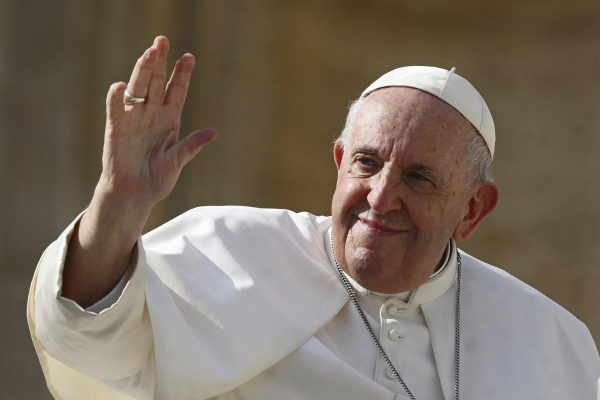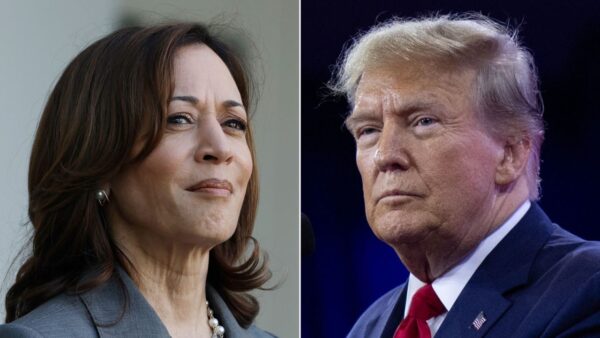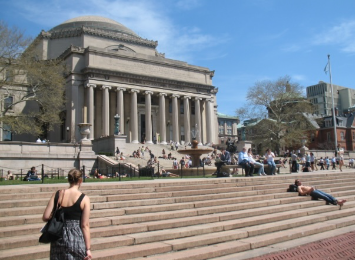Great Barrier Reef Coral Gone White
The Bleaching of the Great Barrier Reef
Marine life could be suffering more than we know. About 90% of the Great Barrier Reef coral has been bleached. This event is the fourth mass bleaching event in seven years.
This is the first bleaching event during the La Niña weather pattern, which can be associated with cooler Pacific Ocean temperatures.
This coral bleaching event has recently occurred in the past, with the latest dates being in 2016, 2017 and 2020, all damaging two thirds of the coral. However, as opposed to the bleaching events in 2016 and 2017, chief scientists like David Wachenfeld have seen early indications that the mortality rate won’t be extremely high.
With last December being the hottest December the reef has experienced since 1900, a “marine heatwave” was set in the following months.
Bleaching is a heat stress response from the coral. As coral is made up of tiny animals that feed on microscopic algae, they are sensitive to changes in water temperature.
Researchers with the Climate Council have said that reports on this event show the steep global emission cuts within the decade needed for the survival of the reef.
With rising temperature, the chemicals that are produced from the algae turn into toxins, thus causing the corals to turn white as they try to spit the poisonous algae out. Continued heat stress can lead to starvation in the corals, and serves as a reminder of climate changes.
Finding different ways to get our everyday lives done that don’t hurt the planet can be beneficial to not only life on the surface but life in our ocean, no matter how minuscule it may be.
Your donation will support the student journalists of Canyon High School. Your contribution will allow us to pay for our print issue magazine, website, and equipment costs.

Adiba Huq is an Editor-in-Chief for Canyon’s Pony Express. She is a senior at Canyon High School, and this is her fourth and final year in the journalism...











